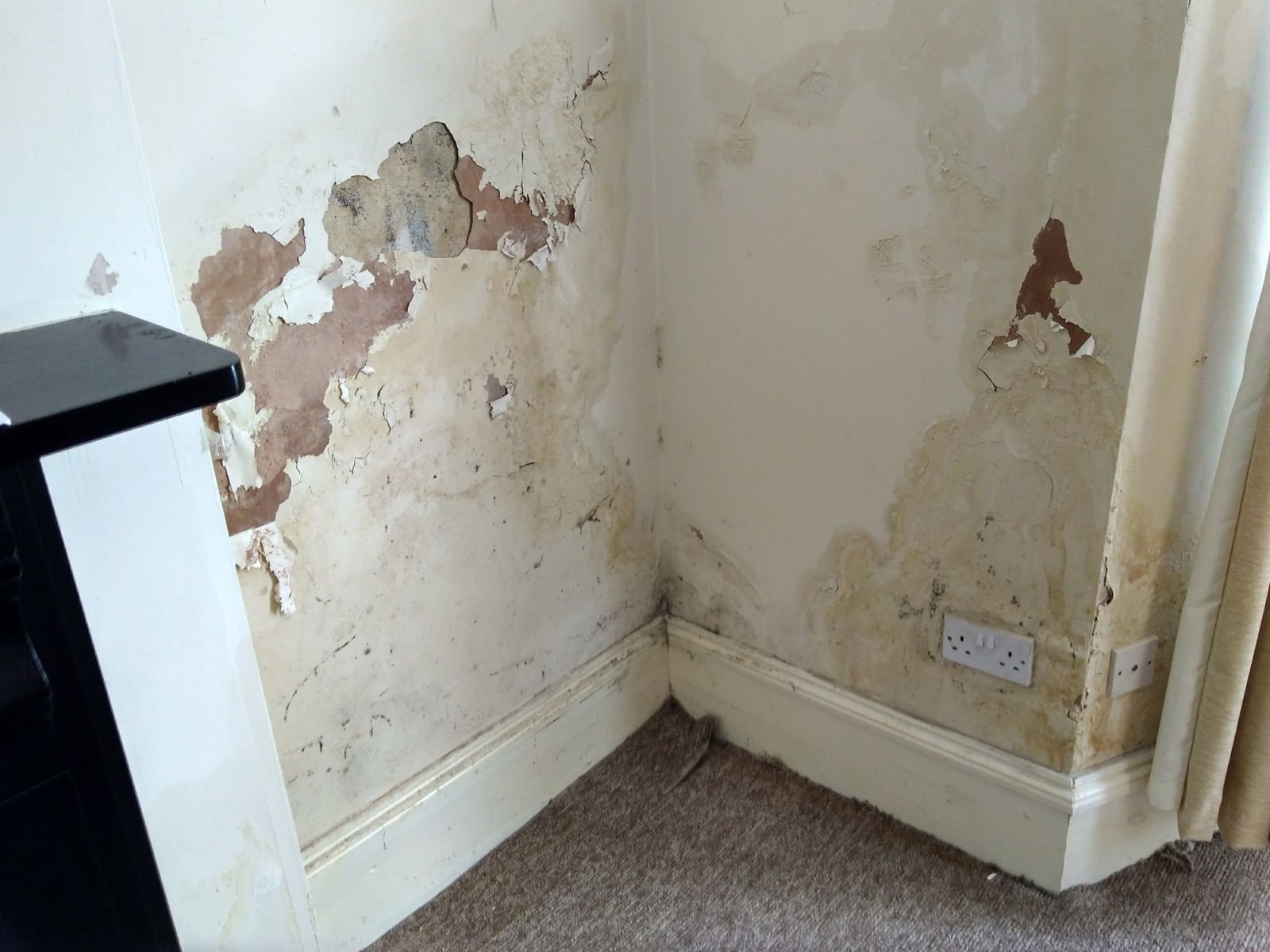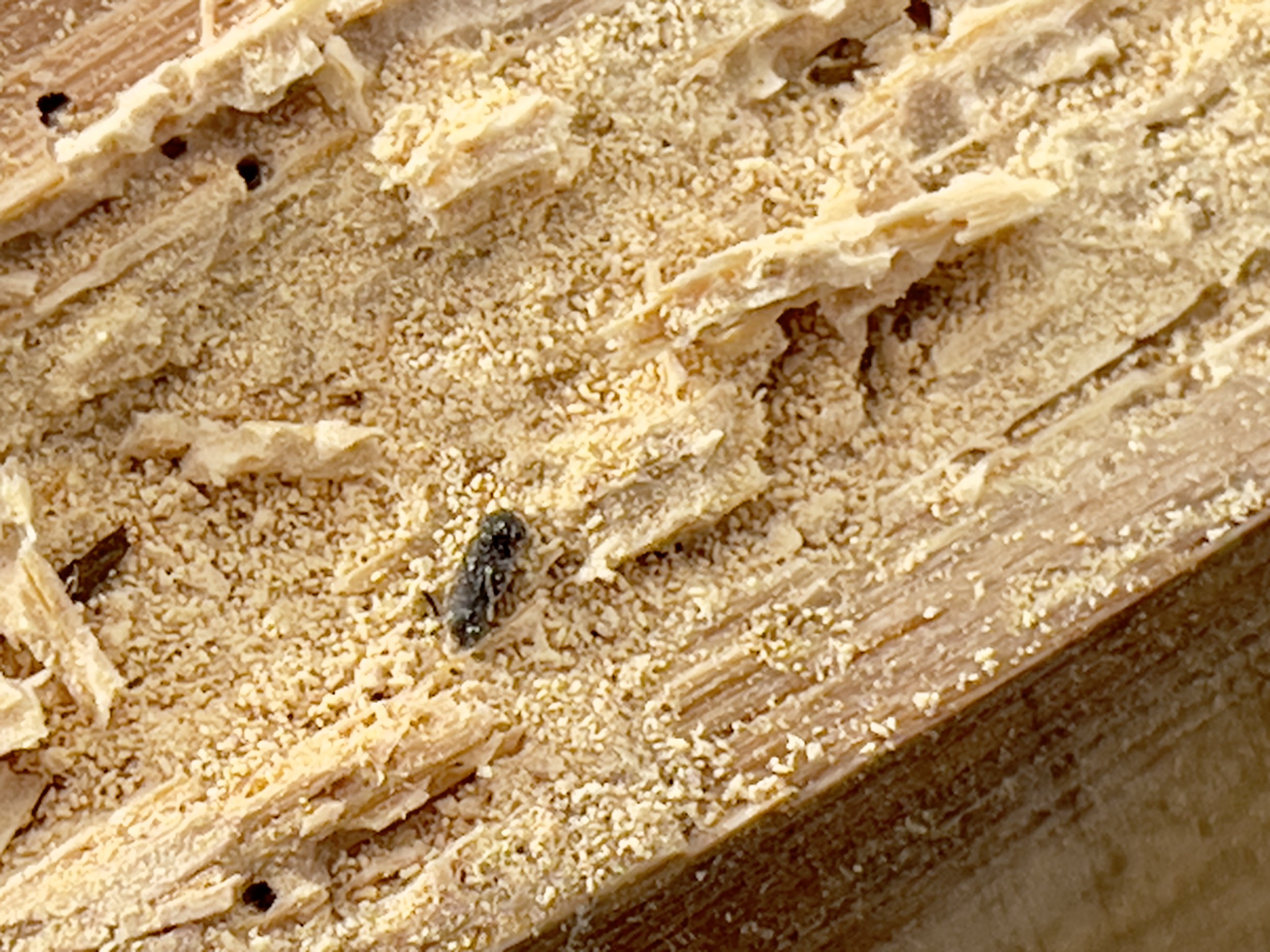


The Horrors of a Basement in Beverley
Last week we completed a job in Beverley. A chap contacted us because he had a new shop to open soon in the posh end of Beverly but it had a cellared with a damp and mould problem. Could we help the video below will show you how it went.

Rising Damp & Penetrating Damp-Vs-Condensation Dampness - The Difference Revealed.
During the many years and many properties we have looked at which have damp issue of some sort or other, certain things begin to stand out and become repetitive, so much so that it lead us to look more closely into dampness in homes in general. Now, before you go straight to thinking that I’m about to start on the tack of “there’s no such thing as rising damp” I will say that true cases of rising damp are nowhere as prevalent as you might imagine.

When Condensation Dampness is So Bad The Floor Falls Away..!
When Condensation Dampness is So Bad The Floor Falls Away..!

Vent-Axia loft PIV does the job well.
Vent Axia's PureAir PIV Unit Home is designed to eradicate condensation and mould from your home. It reduces the risk of health issues in the home by improving indoor air quality and quickly eradicating conditions that lead to mould growth and associated health issues such as asthma and itchy skin.


Focus on Technology: Laser Thermometer
Often, when damp is detected in walls the cause of it is a combination of factors. In the example picture there is an embedded metal pipe in the wall.

Do You Have Walls Like This And Think Its Rising Damp?
What a lot of people don't realise is that condensation is caused by an imbalance of heat and ventilation, and to a lesser p[art for this discussion, insulation. Modern lifestyles involves moisture is produced in the home, but condensation can occur even in the warmest atmospheres, if the excess moisture can't get out, which is tricky in the winter when the air outside is cold and damp.

‘Tis the Season…For Woodworm!
The female lays her eggs in cracks in wood or inside old exit holes, if available. The eggs hatch after some three weeks, each producing a 1 millimetre (0.039 in) long, creamy white, C-shaped larva. For three to four years the larvae bore semi-randomly through timber, following and eating the starchy part of the wood grain, and grow up to 7 millimetres (0.28 in).
